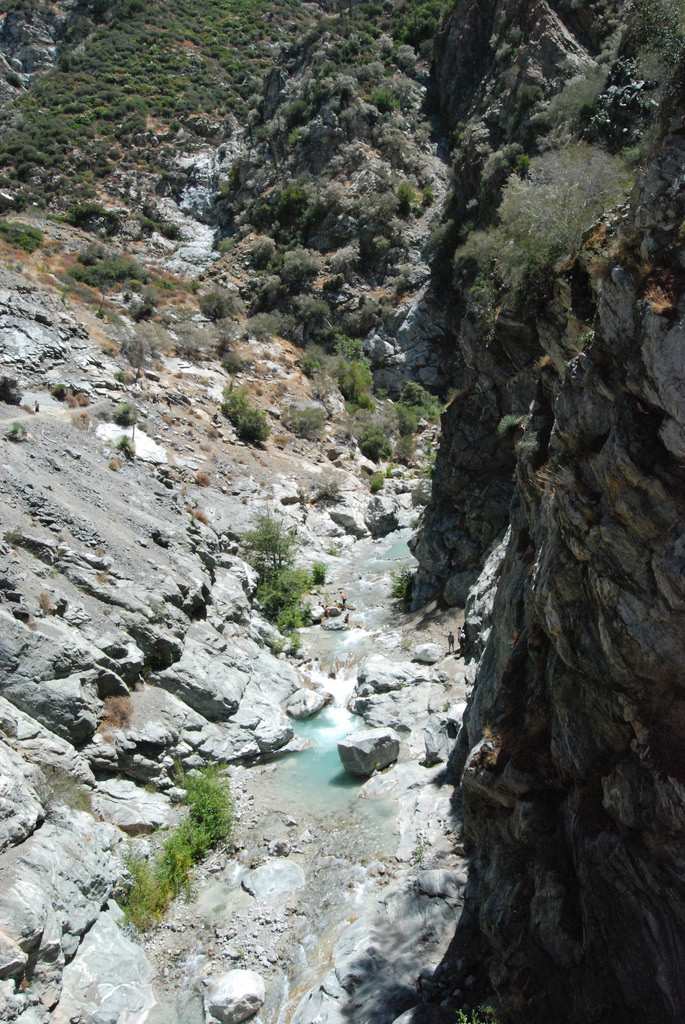Experts create gradient for interpreting stream scores

A 16-member expert panel convened to interpret bioassessment scores for wadeable streams statewide has reached consensus on how the scores correspond to various ranges of ecological condition.
The Biological Condition Gradient (BCG) expert panel, co-facilitated by SCCWRP and Tetra Tech, met at SCCWRP for four days in December and January to develop a BCG model for California wadeable streams using species composition data from more than 200 stream sites that represent a wide range of environmental conditions.
The BCG modeling approach defines for stream managers how stream condition scores relate to ecosystem function and services, enabling stream managers to more meaningfully interpret their stream bioassessment scores and make threshold decisions that protect a stream’s beneficial uses.
With the BCG interpretive framework, stream managers across California will gain an improved understanding of the consequences of losing various biological attributes of stream health as bioassessment scores fall in response to increasing stress.
The BCG model is a centerpiece of a State Water Board plan to use bioassessment scoring tools – namely, the California Stream Condition Index, which uses benthic invertebrates as bioindicators of ecological condition, and its algae-based counterpart, the Algal Stream Condition Index – as the basis for crafting a combined statewide biointegrity and biostimulatory (nutrient) policy to govern the health of California wadeable streams.
The State Water Board could adopt the policy as early as 2019, pending completion of science and policy elements.
During the BCG modeling workshops, the 16 experts, which were selected from across the nation, created six categories, or bins, of ecological stream condition and worked towards consensus in assigning each of the 200+ stream sites to one of the bins, based on the types of benthic invertebrate and algal species observed at the site.
SCCWRP and TetraTech will use these classifications to quantify the ranges of bioassessment index scores that correspond to each bin.
The BCG expert panel will present its findings to the State Water Board and other stakeholders this spring; a written report will be released this fall.
For more information, contact Dr. Martha Sutula.
More news related to: Bioassessment, Eutrophication, Indices of Biotic Integrity, Top News